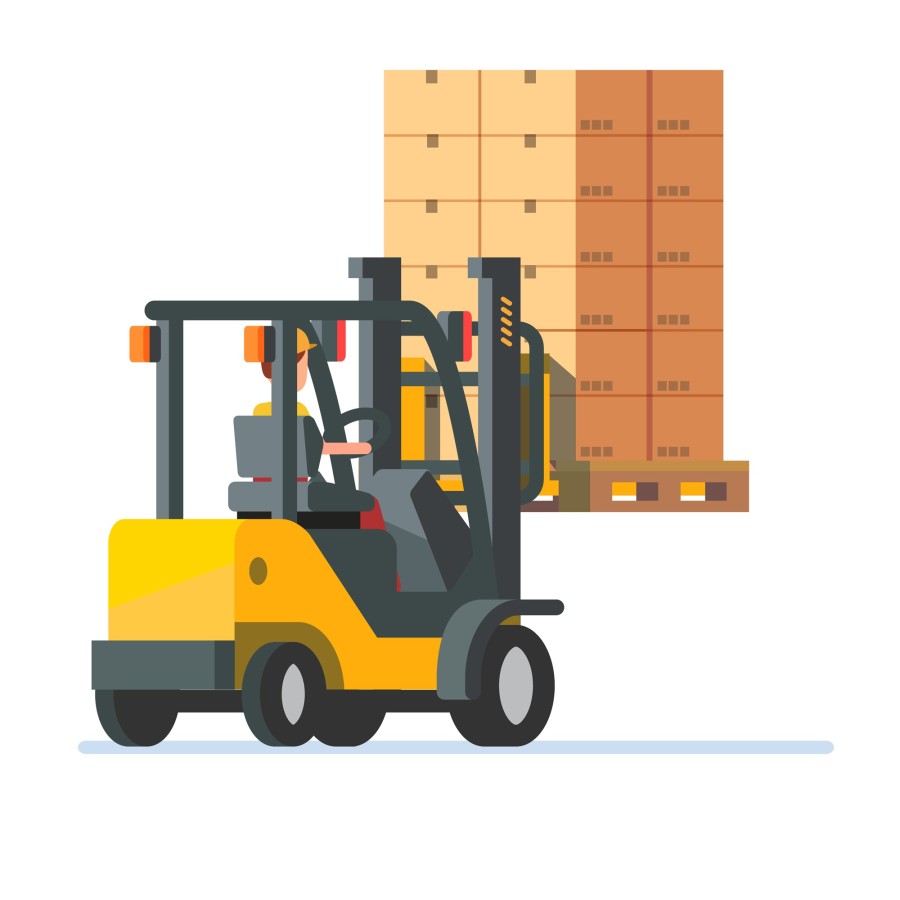With more and more forklift attachments and options coming up, every forklift truck operator needs to have the proper knowledge and a clear understanding of determining forklift capacity. People should also know about the risks involved in exceeding the capacity as it can be dangerous to the driver and people in the workplace.
In this blog, we will highlight all the things that are important to know by every forklift operators regarding determining forklifts capacity and various practices that should be in place. This is vital to maintain safety around the workplace.
Forklift load capacity –
The load capacity of a forklift is considered as the maximum weight which the vehicle is able to carry safely at a specified load centre. The forklift capacity will be reduced in case the load is not cantered precisely.
Load capacity data plate –
The load which can safely be lifted by a forklift at different mast angles and with various attachments is specified by the load capacity data plate. The things which it should include are the lift height, load capacity, load centre distance, model number, and brand name. It should also have two more important things, i.e., the down rating of lifting capacity when a mast is attached and down rating for specific attachments, identified on the capacity plate.
Attachments and load capacity –
In most of the cases, the potential and dynamics of the forklift truck change when an attachment is fitted to it. Therefore, it is vital for attachments to have rated as well as de-rated capacities which ensure access to details and information about the de-rated forklift capacity with fitted attachments.
Lift heights –
Lift height is an essential aspect that determines the forklift’s load-carrying capacity. Forklifts with high masts have a dual capacity rating at the maximum lift height as trucks with high masts have a higher carrying capacity at lower lift heights than at maximum lift heights. This makes the operators work with heavier loads at a lower height.
Risks –
Operators who do not have adequate knowledge about forklift load capacity can put their lives in danger as well as the people working near them. Forklifts can cause severe damage to the workplace, and therefore the operators should be aware of the circumstances.
Quick tips –
- Buy or hire forklift trucks with a bigger load capacity than what your need demands.
- Use an oversized load capacity to estimate the safe load capacity.
- Check if the load capacity data plate is correct, legible, and fitted.
- Never exceed the capacity of your forklift once you determine it.
- Operators should be trained to use the load capacity plate instead of assuming the forklifts load capacity.
Determining forklifts load capacity and understanding it properly helps to increase the level of safety in every workplace. This is the reason why it is vital to ensure that your workers are fully aware of all the risks that are associated with exceeding any forklift load capacity.
